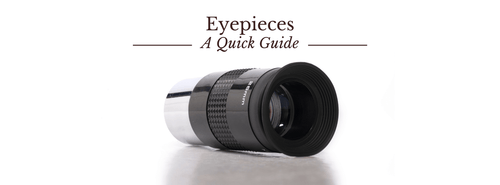Orion 8" f/4 Newtonian Reflector Astrograph (replaces 8297) (09505)
09505
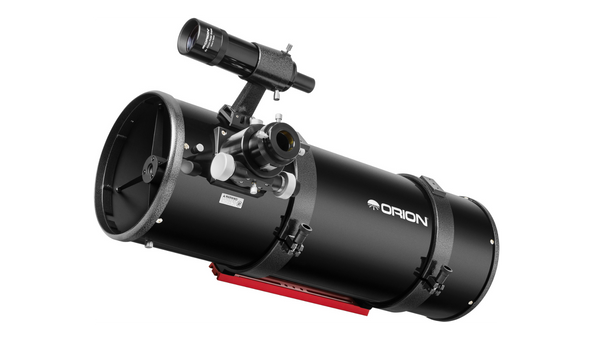
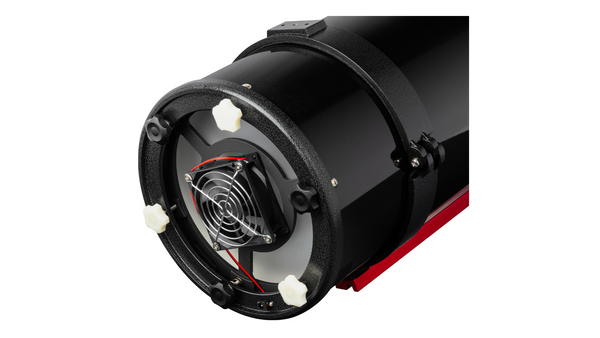
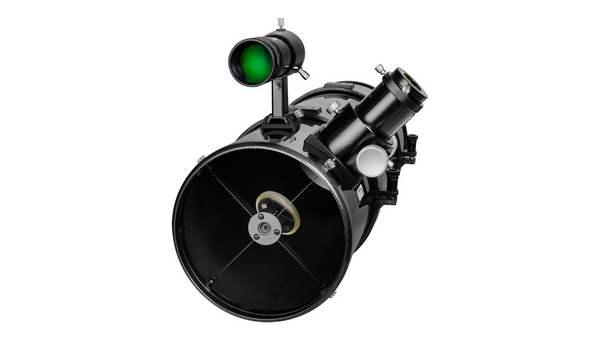
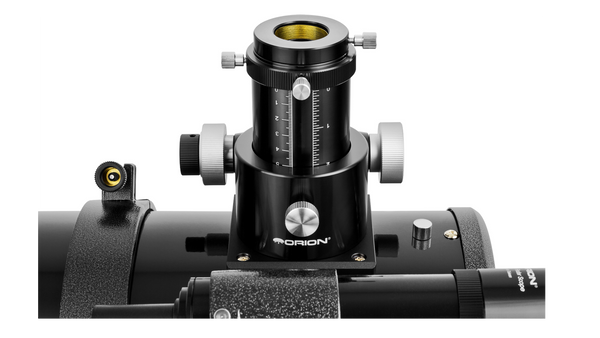
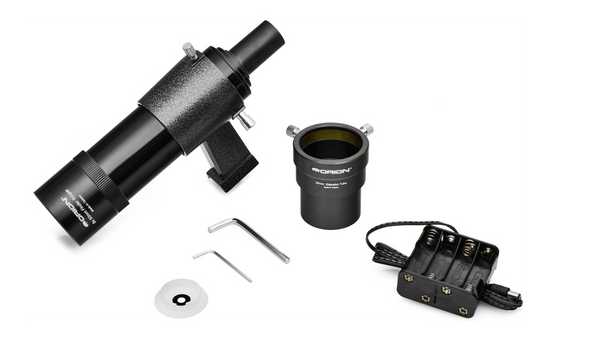







Orion 8" f/4 Newtonian Reflector Astrograph (replaces 8297) (09505)
09505
Why Purchase from All-Star Telescope?
Free Expert Support
Whether you are a first timer needing help with setting up or an enthusiast that can't quite make that one thing work, our expert staff are ready to support your needs. With decades of knowledge and first hand experience we've been there and we can help you through it!
Stress Free, Secure Transactions
You can trust purchasing and delivery with All-Star Telescope. All of our transactions are 100% secure and Level 1 PCI DSS compliant thanks to Shopify's ShopPay platform. For additional protection, we insure 100% of the value of every shipment we make. If it get's lost during shipment, we replace it. If it gets damaged during shipment, we repalce it. We make sure your product arrives exactly as you would expect it to; we promise.
We also ensure privacy protection. We never keep any of your credit card information on file and any of your personal data is stored accordign to our policies.
30 Day Return Policy
Buy with confidence knowing that we accept returns up to 30 days after purchase. We want you to have something you will actually use and we are confident that we keep good quality products in our store with No Junk.
Price Match Promise
Shipping around for the best price is tough, we make it easier by offering the best pricing in the market. But if you find a better price on an in-store item somewhere else we will match it!
Product Description
In keeping with our philosophy of offering great astrophotographic gear at affordable prices, check out our 8" f/4.0 Newtonian Reflector Astrograph. For wide field, deep-space imaging performance, this telescope has few rivals. Its big 8" aperture and fast f/4.0 focal ratio allow the capture of faint galaxies and nebulas with short photographic exposure times - and for a fraction of the price that a premium "apo" refractor even half its size would cost.
The Orion 8" f/4.0 Newtonian Reflector Astrograph is perfect for intermediate-level astrophotographers, and a great second telescope for more advanced imagers who want more portability, without sacrificing quality. It excels for capturing bright, detailed images with CCD or DSLR cameras. As with any fast Newtonian reflector, an optional coma corrector is recommended to achieve the sharpest images. With an optional eyepiece, this telescope doubles as a fine visual instrument for studying deep-space wonders.
Weighing only 16 lbs. and just 28" long, this instrument is easily supported on a mid-sized equatorial mount, like our Atlas II EQ-G. The 200mm-aperture parabolic primary mirror is made from low-thermal-expansion BK7 optical glass. Enhanced aluminum mirror coatings with 92% to 95% reflectivity deliver more light to the focuser. A cooling accelerator fan is included on the primary mirror cell for rapid temperature equilibration, to ensure stable images.
We outfitted this telescope with a machined 2" dual-speed (10:1) Crayford focuser that incorporates a linear-track bearing. This advanced focuser design provides superior camera support and eliminates drawtube flexure. Backfocus distance is 83.2mm from the 2" collar. Standard accessories include a pair of hinged tube rings, 8x50 finder scope, 2" extension adapter for visual use, and a quick-collimation cap.
Great telescopes for astrophotography don't have to cost thousands! Get the Orion 8" f/4.0 Newtonian Reflector Astrograph today.
Warranty note: Limited Warranty against defects in materials or workmanship for one year from date of purchase. This warranty is for the benefit of the original retail purchaser only. For complete warranty details contact us at 800-447-1001.
What can I see with a Orion 8" f/4 Newtonian Reflector Astrograph (replaces 8297) (09505)?
Here are some simulated views of common objects. Results with your telescope will vary with viewing conditions, obrits, equipment and more.
Jupiter with
25mm Eyepiece - 32x Magnification
(Sold Separately)
Jupiter with
10mm Eyepiece - 80x Magnification
Sold Separately
Jupiter with
5mm Eyepiece - 160x Magnification
Sold Separately
Moon with 25mm Eyepiece
32x Magnification
(Sold Separately)
Moon with 10mm Eyepiece
80x Magnification
Sold Separately
Moon with 5mm Eyepiece
160x Magnification
Sold Separately
Andromeda with 36mm Eyepiece
22x Magnification
Sold Separately
Andromeda with 25mm Eyepiece
32x Magnification
(Sold Separately)
Andromeda with 10mm Eyepiece
80x Magnification
Sold Separately
What's in the Box
Specifications
| Best for viewing | Fainter deep sky |
| Best for imaging | Deep sky |
| User level | Advanced |
| Optical design | Reflector |
| Optical diameter | 200mm |
| Focal length | 800mm |
| Focal ratio | f/4.0 |
| Optics type | Parabolic |
| Glass material | BK-7 |
| Eyepieces | None |
| Resolving power | 0.58arc*sec |
| Lowest useful magnification | 29x |
| Highest useful magnification | 300x |
| Highest theoretical magnification | 400x |
| Limiting stellar magnitude | 14.2 |
| Finder scope | 8x50 |
| Focuser | 2" dual-speed linear bearing Crayford |
| Secondary mirror obstruction | 70mm |
| Secondary mirror obstruction by diameter | 35% |
| Secondary mirror obstruction by area | 12% |
| Mirror coatings/over-coatings | Aluminum & Silicon Dioxide |
| Mount type | Optical Tube without Mount |
| Astro-imaging capability | Lunar, planetary & long exposure |
| Backfocus distance | 83.2mm |
| Tube material | Steel |
| Length of optical tube | 27.5 in. |
| Weight, optical tube | 16.0 lbs. |
| Additional included accessories |
|
| Other features |
|
| Warranty | One year |


